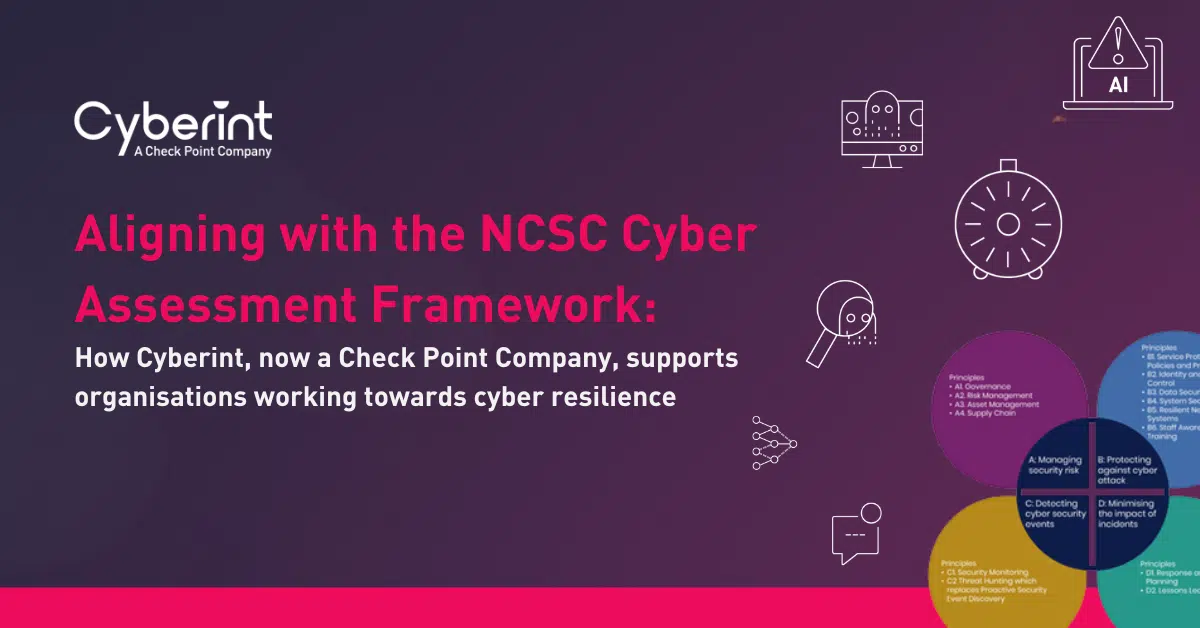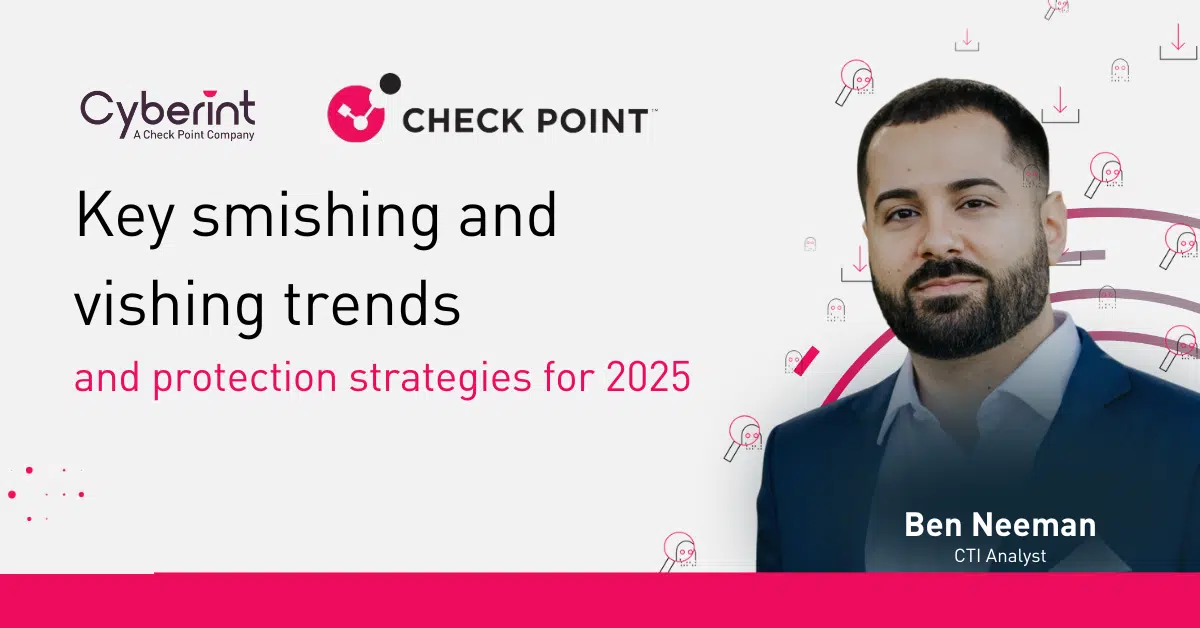


For phishing scammers, the holidays are the most wonderful time of the year – or so holiday phishing trends would suggest.
Cyberint research shows that phishing alerts surged by 46 percent last December compared to the monthly average observed throughout the year. Similarly, an Akamai study found a 150 percent increase in phishing victims between mid-October and late November 2021.
Consumers tend to take more risks online during the frenzy of the holiday shopping season, helping to explain why 36 percent of Americans fall victim to online shopping scams during that time of year. As the FBI warned during the holidays last year, “‘Tis the season for holiday scams.”
Businesses – 89 percent of which report being specifically concerned about cyberattacks during the holidays – are rightly worried about holiday phishing.
It is not only phishing attacks that organizations need to be aware of, in general threat actors capitalize on lower staff numbers and ease of entry over the holidays.
In December 2023, Europol notified 400+ e-commerce websites that they were hacked with malicious scripts, enabling debit and credit cards to be stolen from customers making purchases.
In December 2022, there was attack against the Guardian, in which a phishing incident enabled threat actors to plant ransomware. It disrupted mission-critical systems like payroll and print production at the media company.
Also in December 2022, threat actors targeted university employees and distributed phishing emails that promised Christmas bonuses. The emails contained a malicious HTML attachment designed to steal access credentials from workers.
Effective phishing protections are needed to mitigate the risk of these types of attacks. This article unpacks steps that businesses should take to defend against phishing at any time of year, but especially during the high-risk holiday period.
Before diving into phishing protection strategies, let’s talk about why security leaders should be extra vigilant about phishing during the holiday season. It all boils down to the holidays presenting something of a perfect storm for phishing.
In short, for threat actors seeking to launch phishing or ransomware campaigns, there is no better time than the holidays. By extension, for cybersecurity leaders, there is no time that requires more attention to threats and potential attacks than the holidays, given the increased activity of threat actors and the distractions that many organizations face at this time of year.

Fill in your business email to start.
Holiday phishing protection starts with understanding which types of phishing scams are most prevalent during the holidays. Here’s a roundup:
Any other type of phishing attacks can happen during the holidays, too, but the scams above focus on exploiting specific behaviors and activities that are prevalent during the season.
Although some of the phishing scams described above target consumers rather than businesses, they all harm businesses in major ways.
For one, attacks such as gift card fraud, fake job postings and fake social media profiles can harm businesses’ reputation. If threat actors impersonate a legitimate business during such attacks, observers may gain a negative impression of the businesses, even if the companies weren’t directly involved. It’s unfair, but it’s the reality.
Attacks that redirect consumers from legitimate payment channels to fake outlets operated by scammers can also harm businesses by causing loss of revenue for them. The more money consumers hand over to threat actors, the less they spend on legitimate shopping.
And even in cases where attacks have no explicit link to a business, businesses suffer when their customers or potential customers experience financial losses. Less money in the hands of consumers translates to less money being spent to purchase goods and services from real businesses.
How can businesses protect themselves against phishing risks during the holidays? The answer starts with implementing the standard phishing protections that businesses should have in place all year long.
But to tackle the increased phishing challenges that arise during the holidays, some extra steps are valuable. Consider developing a holiday phishing protection strategy that includes an emergency plan and a 24/7 response team that can handle phishing risks against your business rapidly.
In addition, be sure to scan and analyze the Deep and Dark Web for mentions of your brand. These scans can provide early detection of activity such as gift card fraud. At the same time, track domains similar to your own to identify efforts by scammers to set up websites that impersonate your company. Placing obfuscated scripts on your legitimate webpages to track cloned pages can help on this front, too.
You should also monitor social media channels for fake profiles and promotions. You don’t have direct control over those sites, but you’ll still want to detect fraudulent activity so you can request takedowns.
Employee education about phishing risks and prevention techniques is critical, too, and should include training about the attack types that are especially prevalent during the holidays.
Consider, as well, making your customer service team more accessible to address concerns quickly, reducing the chances that your customers will engage with scammers because they were unable to contact your company quickly enough to ask whether an offer is legitimate.
Finally, ensure that you have the tools, teams and people in place to take down phishing threats quickly. Wherever phishing happens – through email, text, social media, vishing or any other channel – stopping it within hours is essential for minimizing harm to your business.
Cyberint can help protect your business against holiday phishing risks. From continuous Dark and Deep Web monitoring and threat intelligence, to rapid phishing takedown services, Cyberint offers a comprehensive suite of solutions for detecting and reacting to phishing challenges during the holidays and any other time of year.

©1994–2025 Check Point Software Technologies Ltd. All rights reserved.
Copyright | Privacy Policy | Cookie Settings | Get the Latest News
Fill in your business email to start


